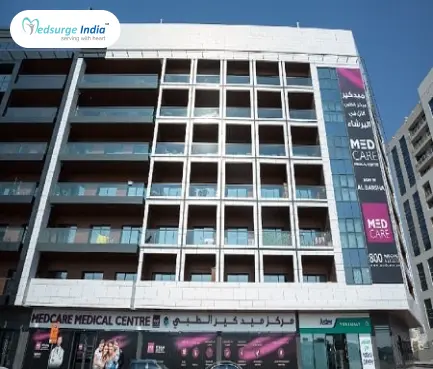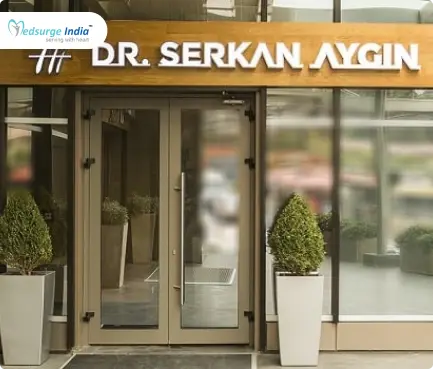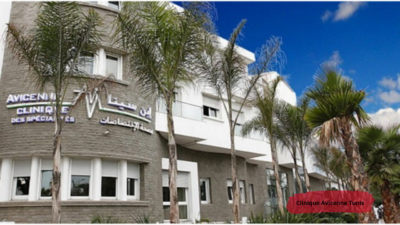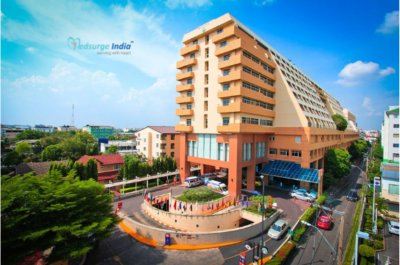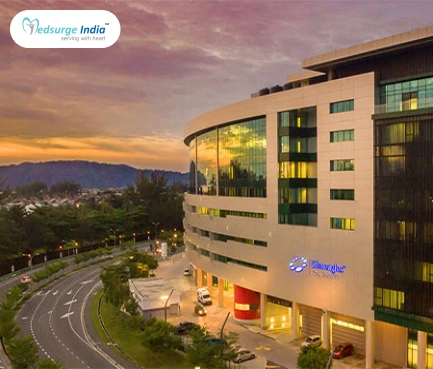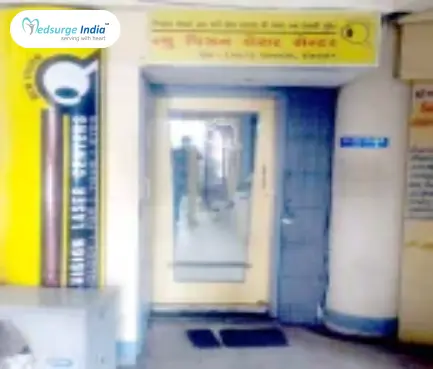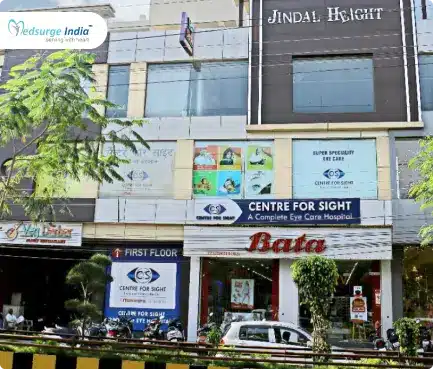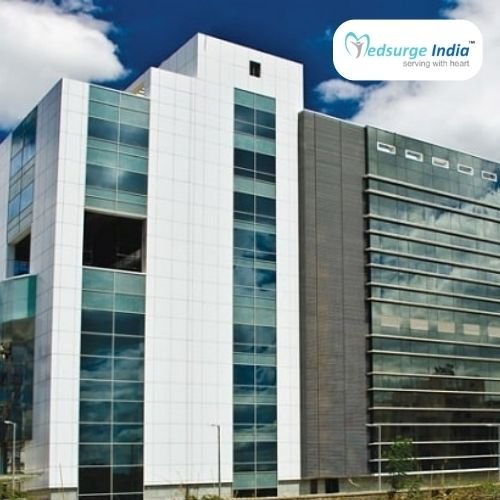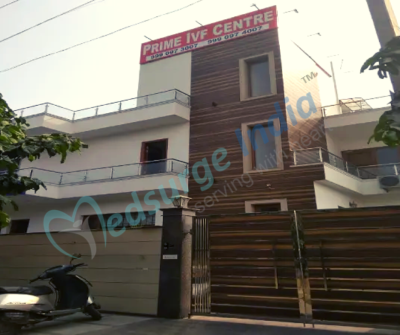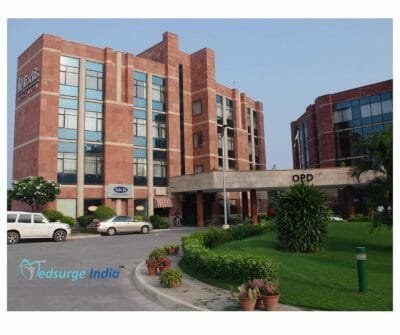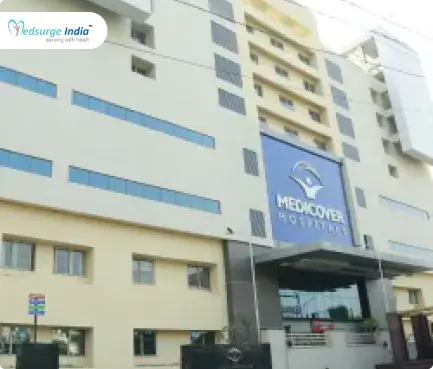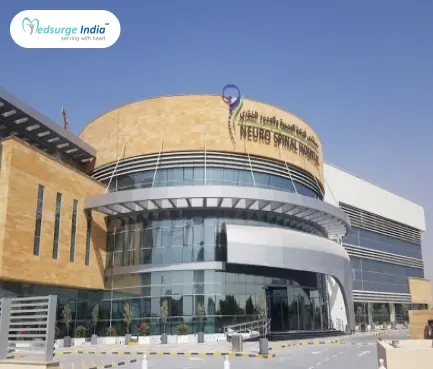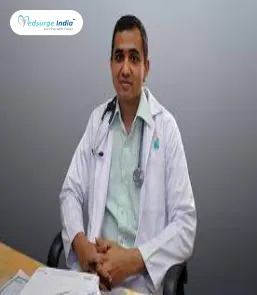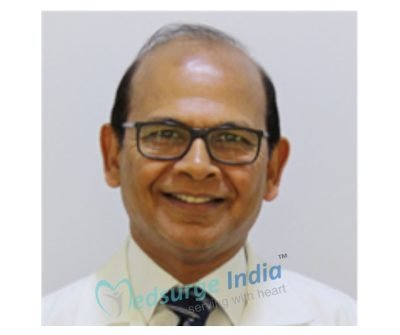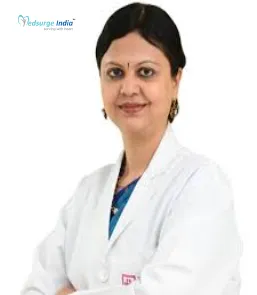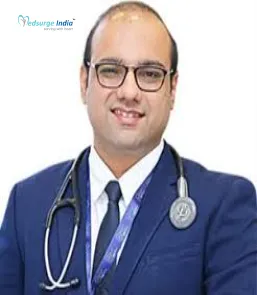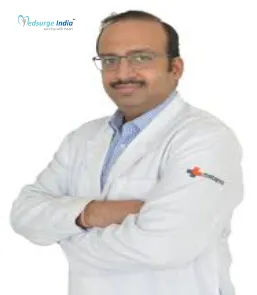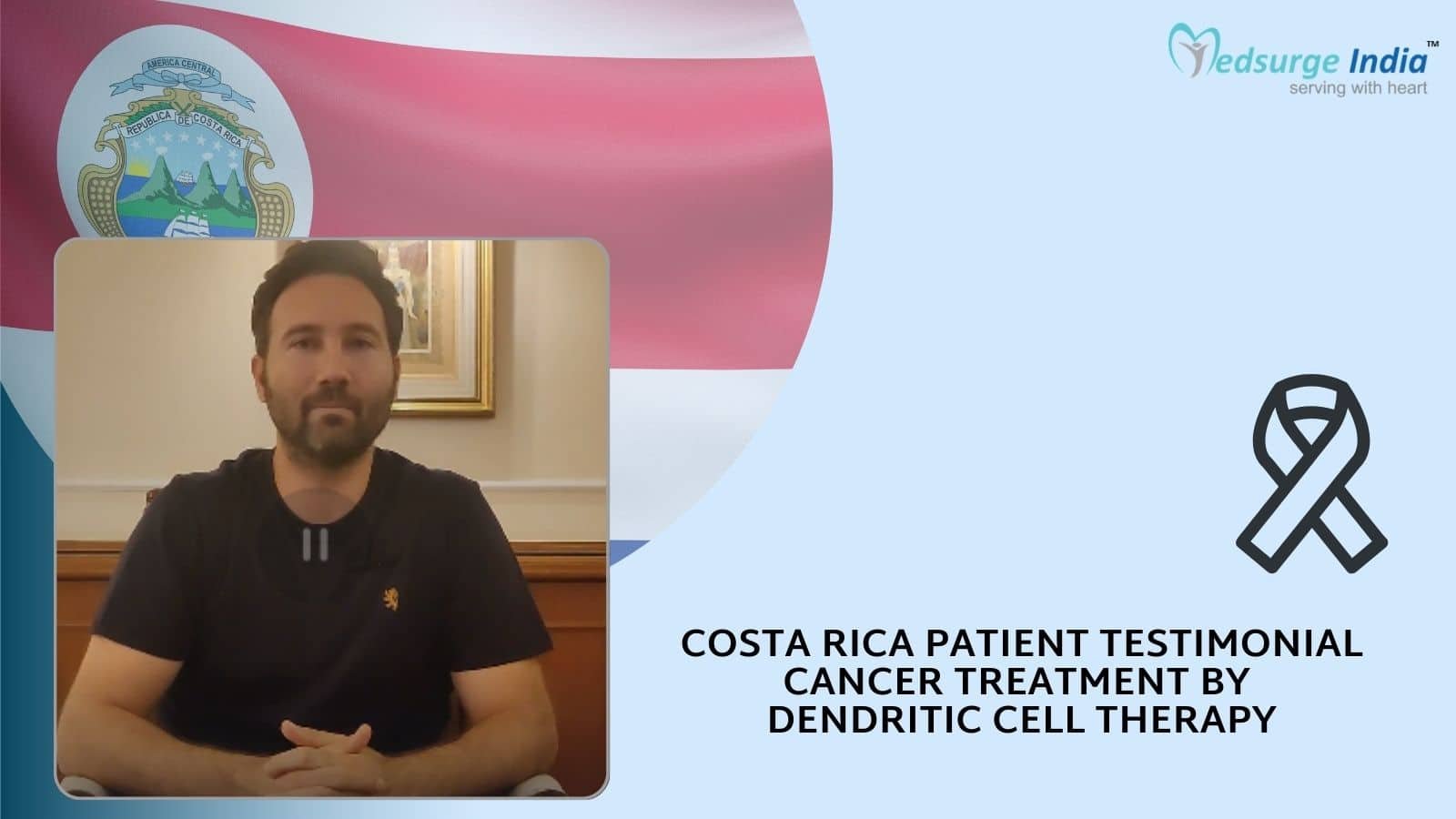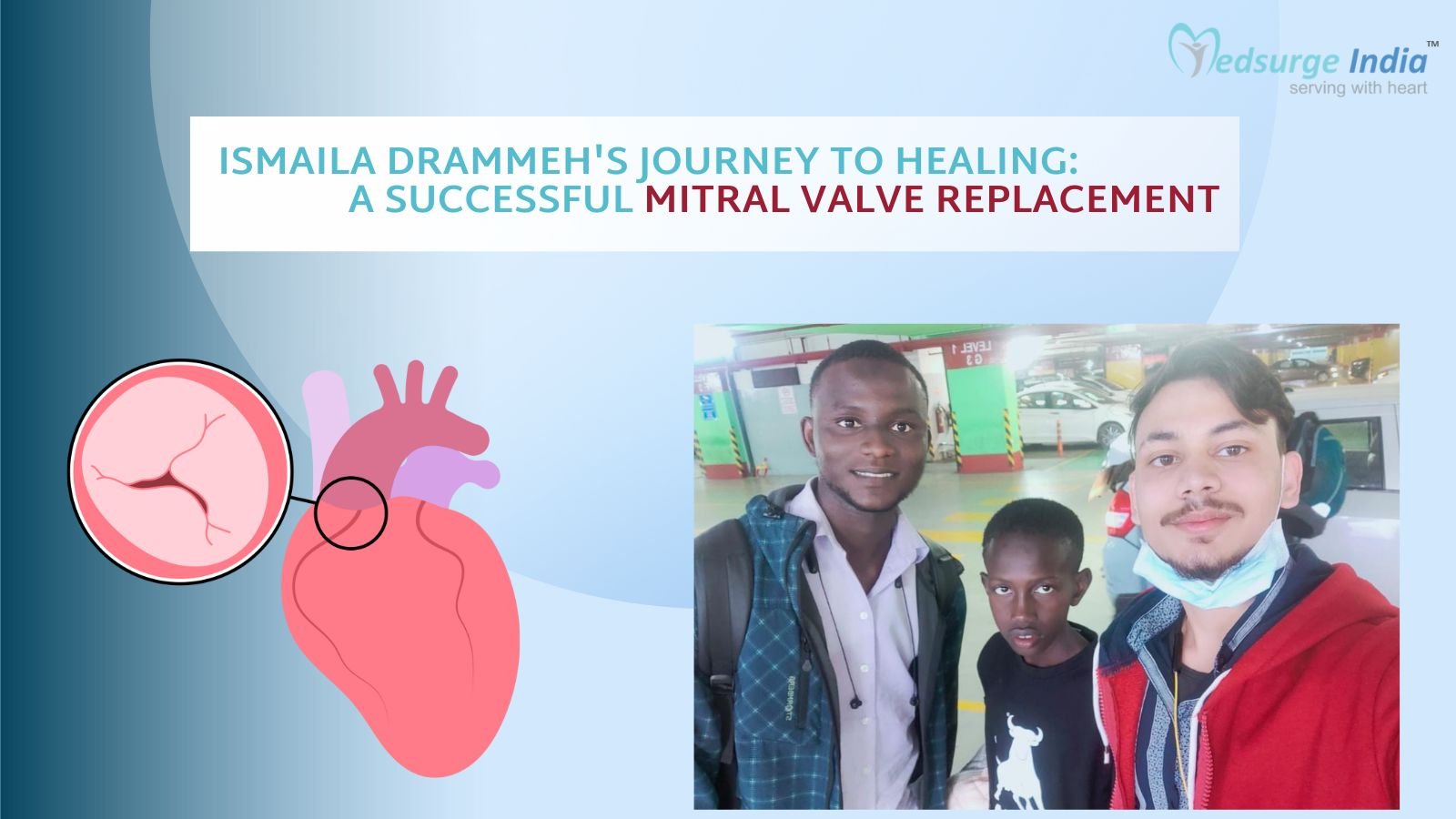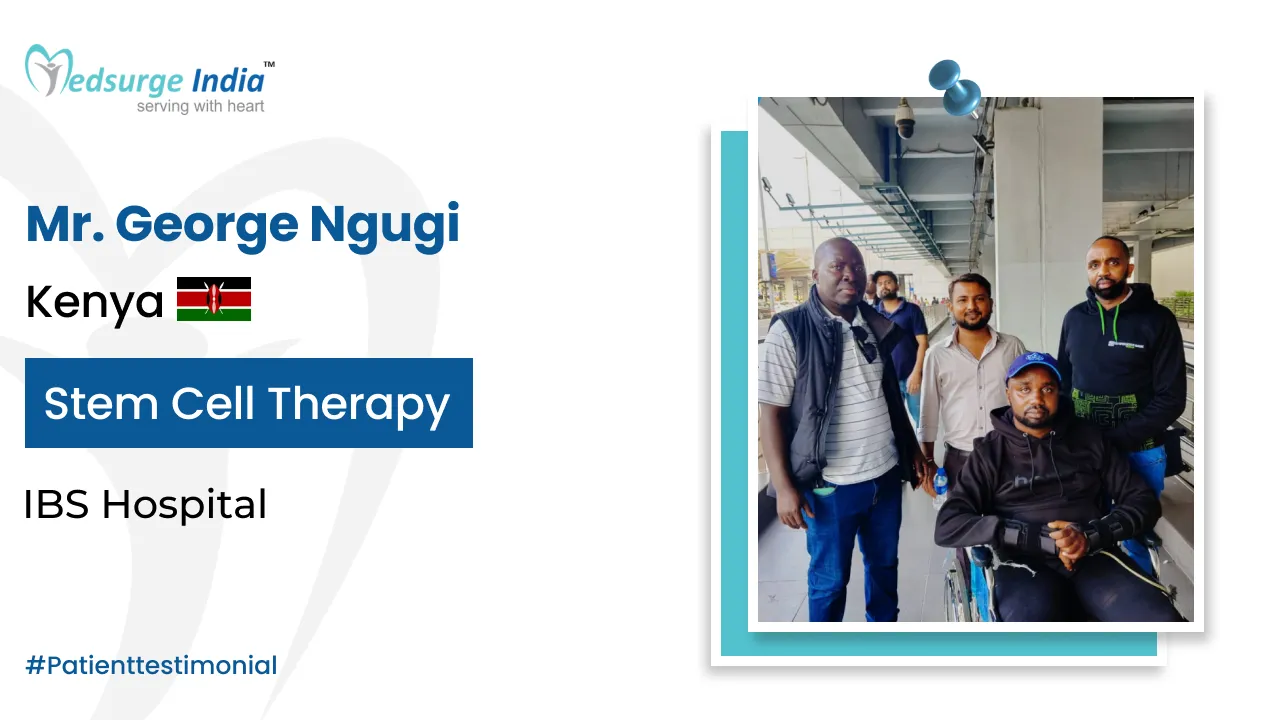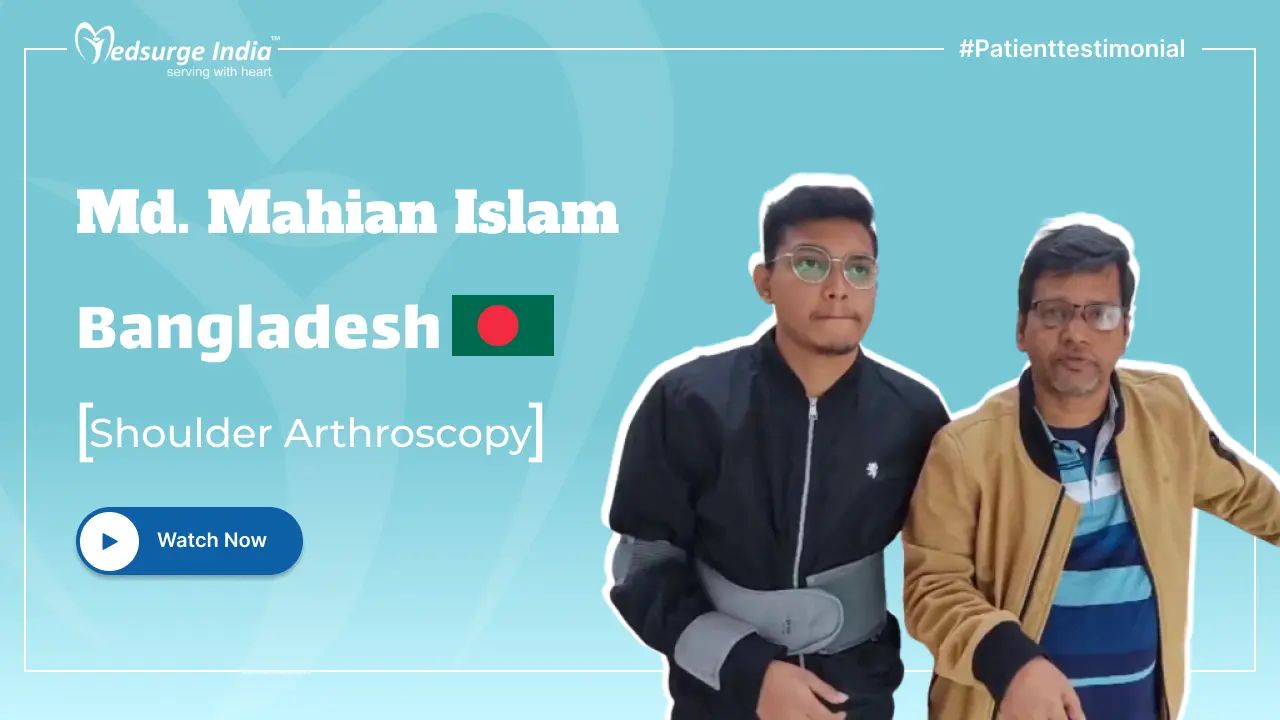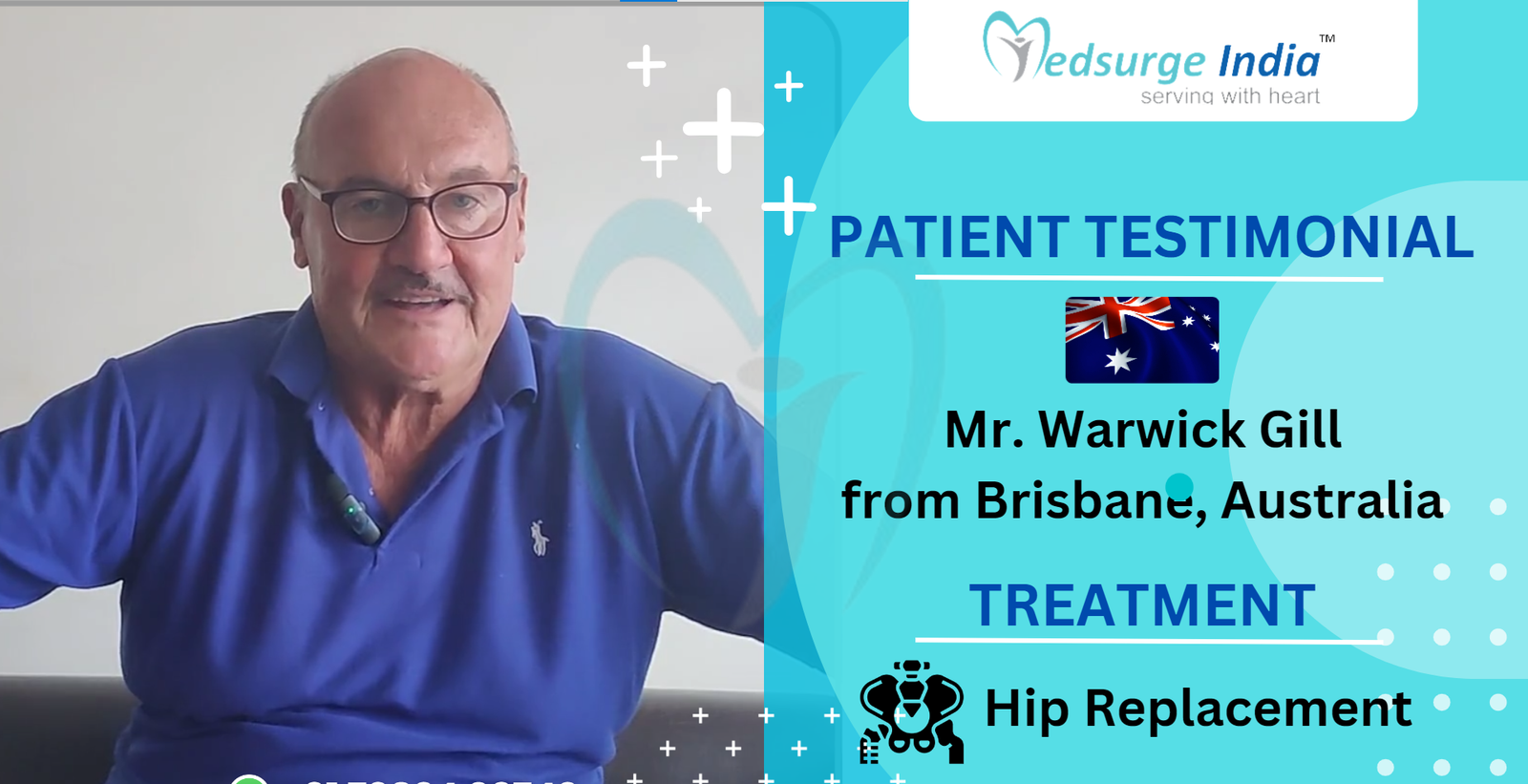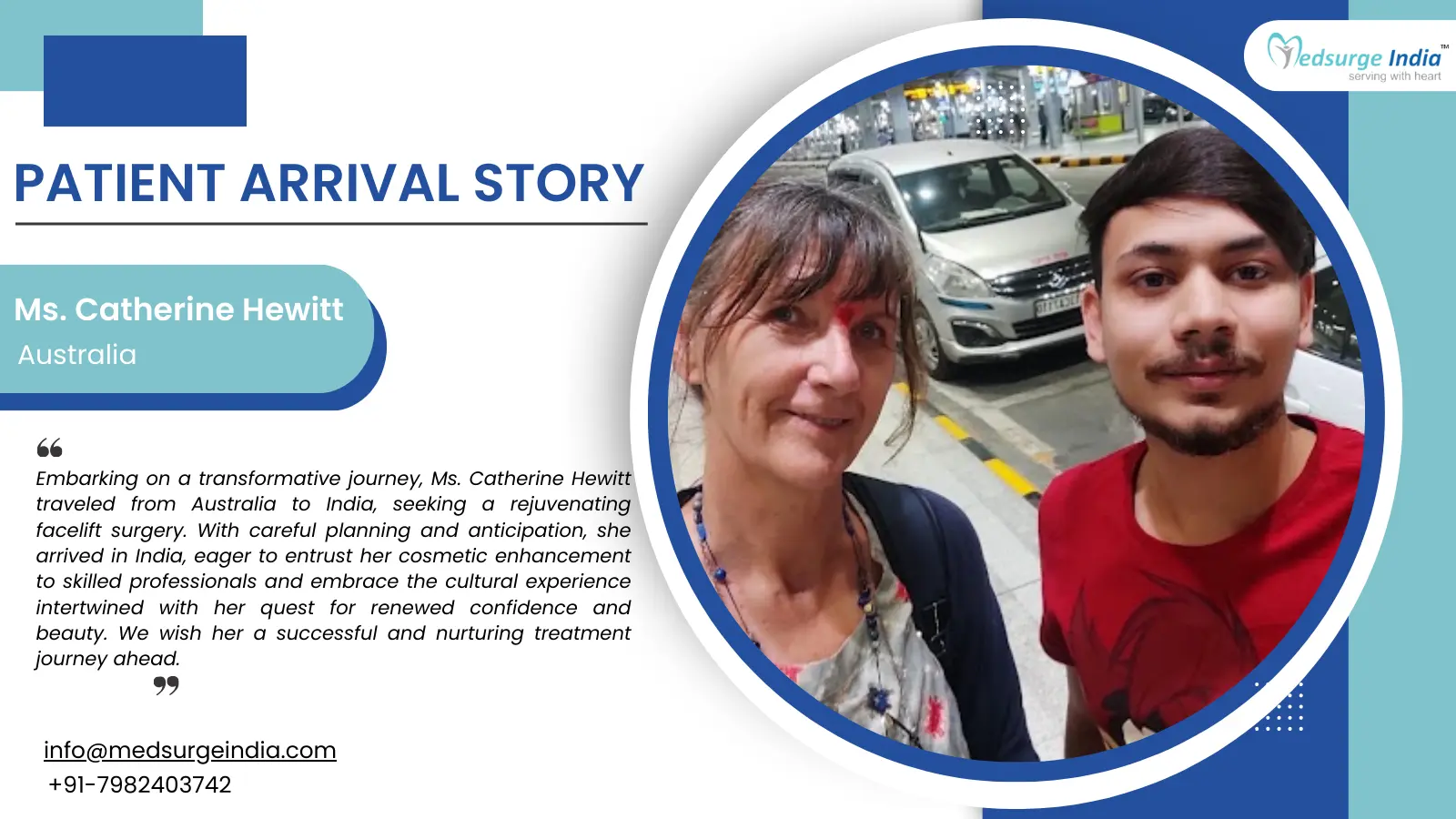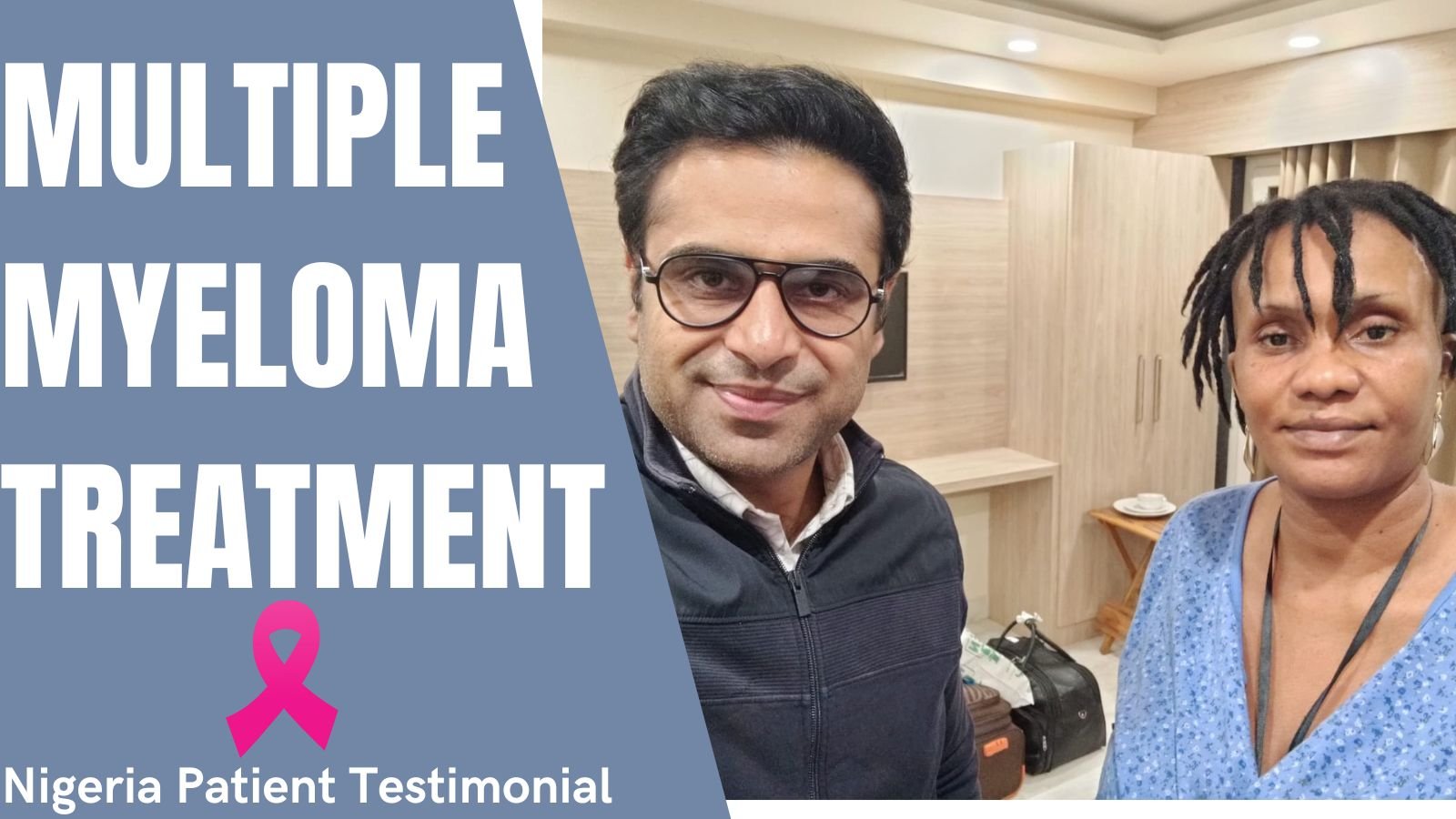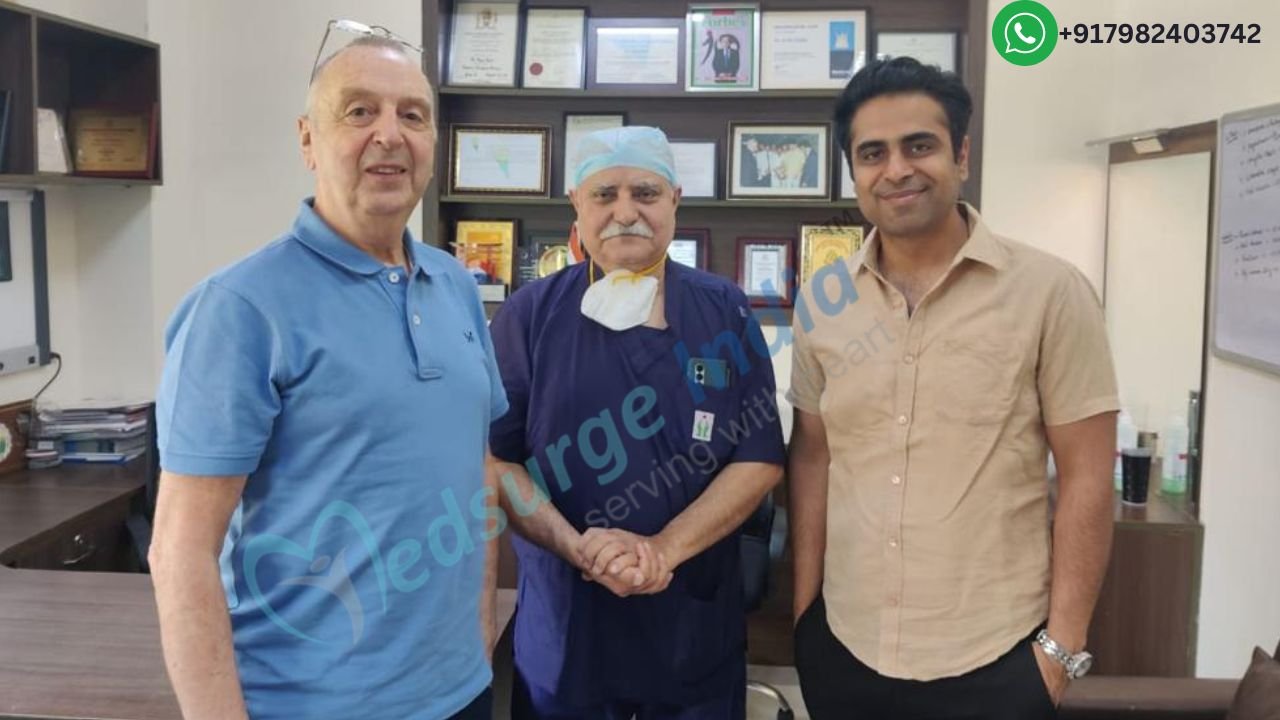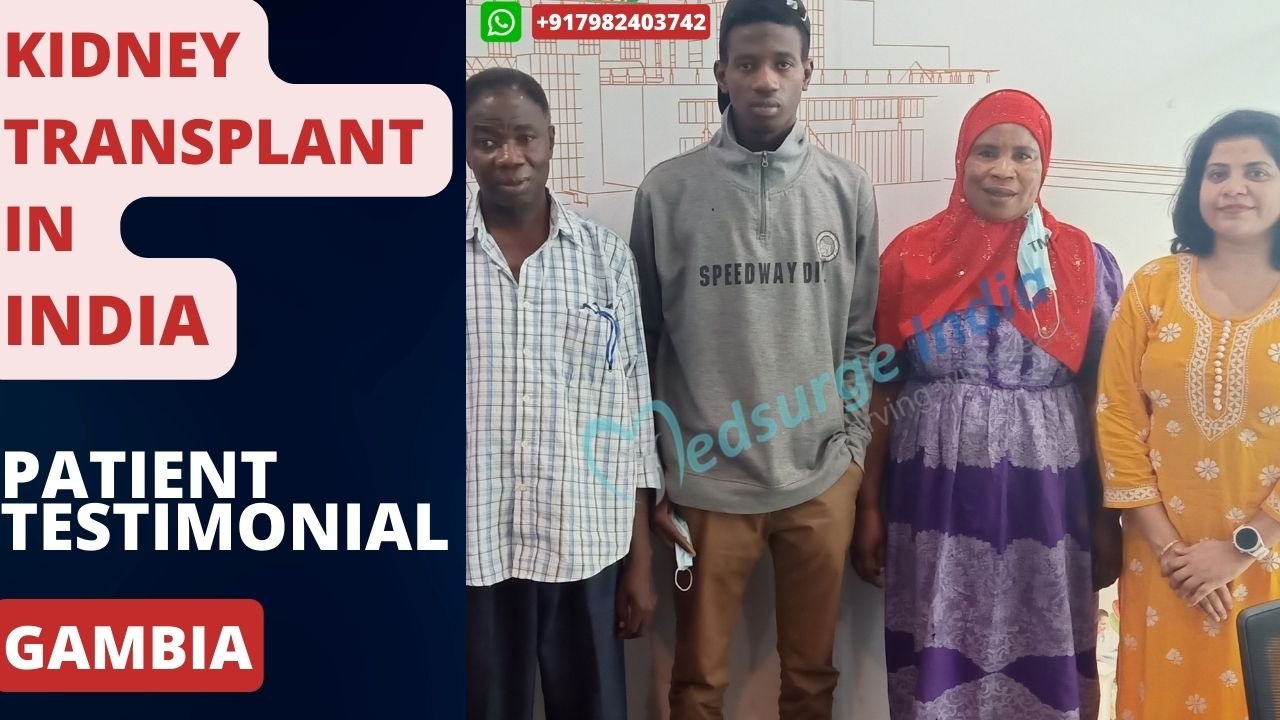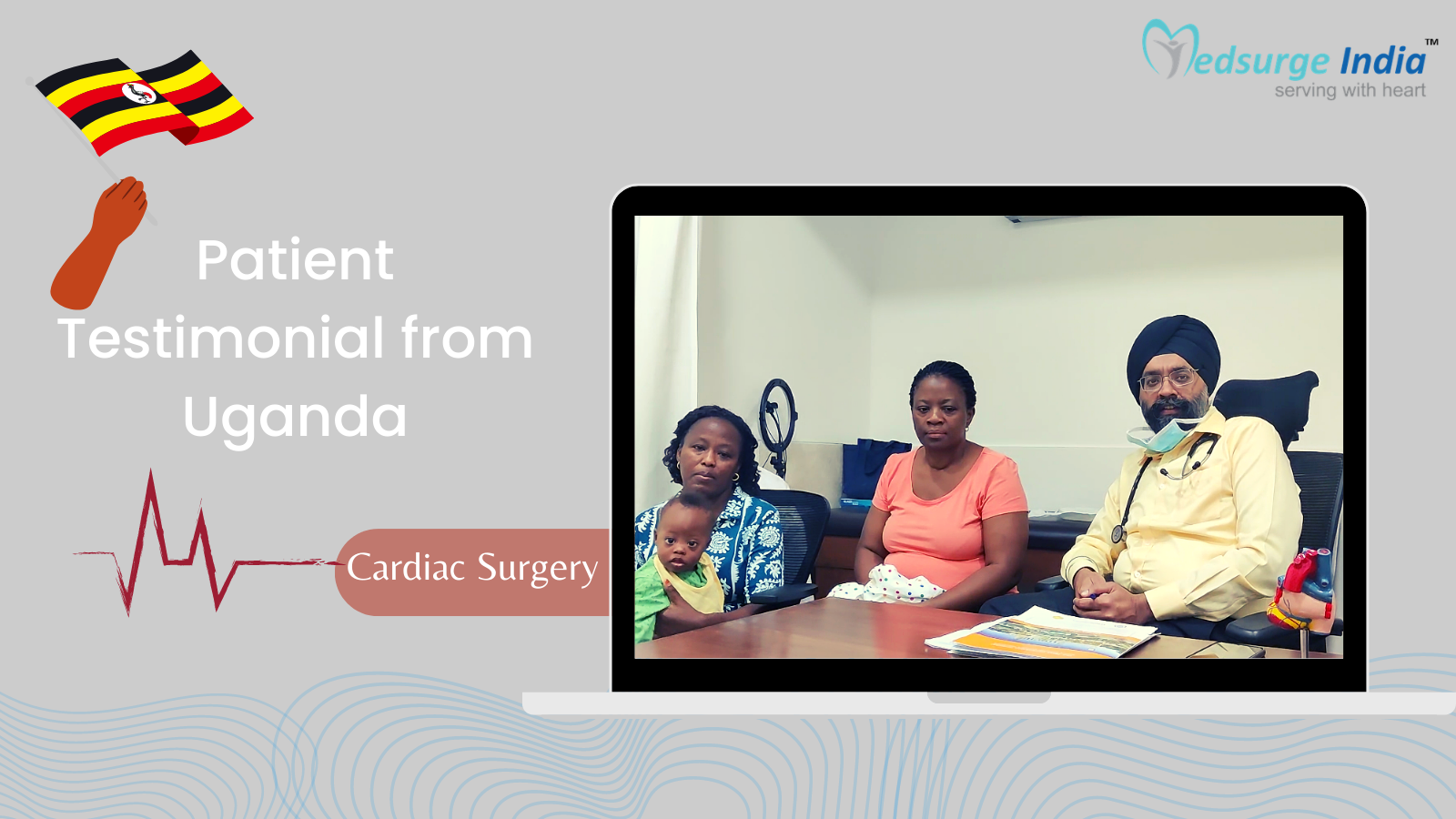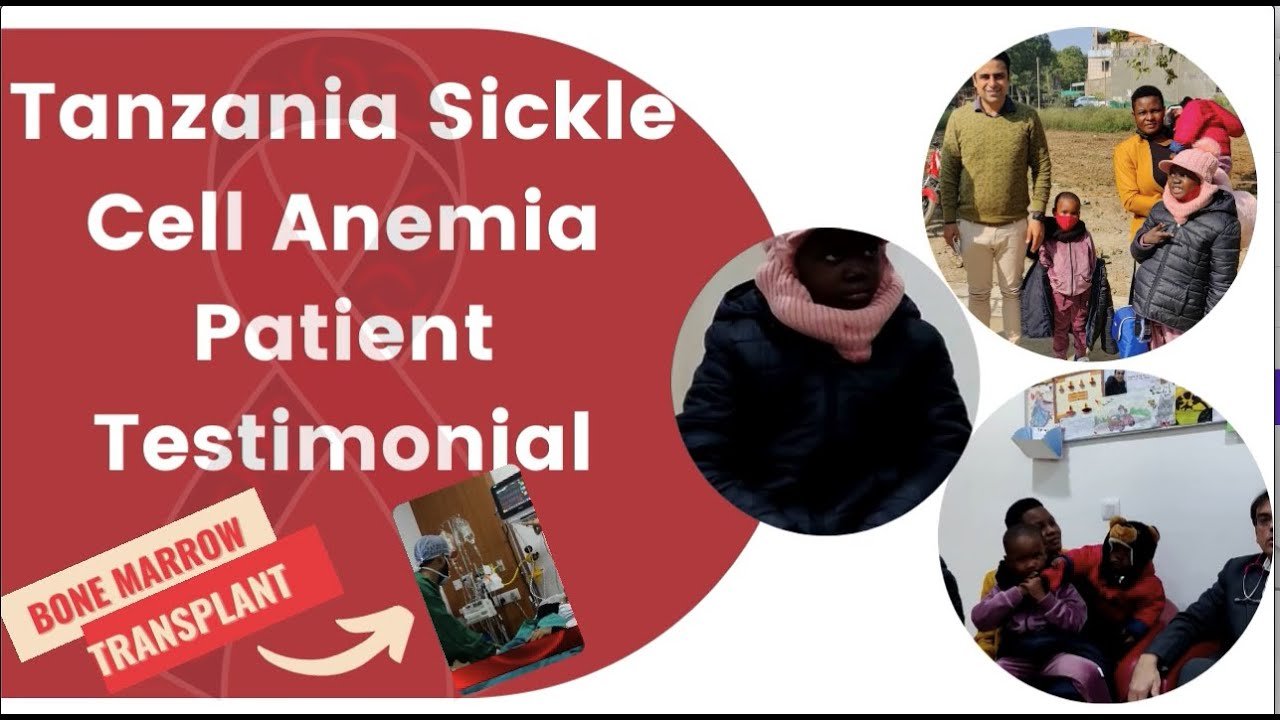
Ependymoma is a type of tumor that can develop in either the brain or the spinal cord. Ependymoma begins in the ependymal cells of the brain and spinal cord, which line the passages through which the fluid that nourishes your brain flows (cerebrospinal fluid). Ependymoma can affect anyone at any age, however, it is more common in young children. Headaches and seizures are common in children with ependymoma. Adults are more likely than children to develop ependymoma in the spinal cord, which can cause weakening in the body parts controlled by the tumored nerves.
The most common treatment for ependymoma in India is surgery. Additional therapies, such as radiation therapy or chemotherapy, may be advised for more aggressive cancers or tumors that cannot be entirely eliminated with surgery.
The ependymoma cancer treatment cost in India is determined by which renowned and skilled doctor performs the procedure. This cost is variable depending on a number of factors.
What Is Ependymoma Cancer?
A glial tumor of the ependymal cells that line the core of the spinal cord and the ventricles of the brain is known as an ependymoma.
Ependymomas are soft and have a grey or red appearance, and they may contain mineral calcifications or cysts. A tumor can form anywhere in the central nervous system when ependymal cells are present.
Ependymoma cancer is a rare type of cancer. It affects both children and adults, as well as males and women in almost equal numbers. Ependymomas, on the other hand, are more common in youngsters than in adults.
There are several different types of ependymoma cancers, which are also classified by grade. The three ependymoma cancer grades are based on how similar the cancer cells are to normal cells. The cancer cells resemble normal cells more closely as the grade goes down. Ependymomas can occur in different regions across the spinal column and brain.
- Grade I Tumors: Subependymomas and myxopapillary ependymomas are two types of slow-growing ependymomas.
- Grade II Tumors: These are the most common ependymomas. This grade contains a wide range of ependymoma subtypes, including cellular, papillary, tactic, RELA fusion-positive, and clear cell ependymomas.
- Grade III Tumors: Anaplastic ependymomas are a type of ependymoma that grows faster than the other grades. Anaplastic ependymomas are benign tumors that develop in the skull, brain, and brain stem. They are rarely found in the spinal cord.
Tumor cells might spread via the cerebrospinal fluid on occasion. Tumors may appear in many locations of the brain and spine if this happens. This type of cancer, on the other hand, hardly spreads to other parts of the body.
What Are the Symptoms of Ependymoma Cancer?
The symptoms of ependymoma vary from person to person. Many people have visible symptoms in addition to their tumors, whereas others have few or no symptoms at all.
The following are some of the signs and symptoms of ependymoma:
- Severe neck pain
- Headaches
- Changes in vision, such as blurry vision or vision loss
- Jerky motions of eyes
- Vomiting and nausea
- Balance or walking difficulties
- Convulsions and seizures
- In the limbs, tingling, numbness, or weakness
- Confusion in daily routine matters
- Feeling tired
- Hearing problems
- Personality and behavior changes
People with a spine ependymoma may have the following symptoms:
- Backache
- Arms, legs, and trunk numbness and weakness
- Sexual issues, as well as urinary or gastrointestinal issues
Persistent symptoms should be reported as soon as possible to a doctor for screening and diagnosis.
What Are the causes of Ependymoma Cancer?
The cause of ependymomas is unknown to doctors. However, if you have a genetic condition called neurofibromatosis type 2, your chances of having the disease increase.
Ependymomas impacted both males and women in the same way. Adults are most prone to develop tumors between the ages of 40 and 60. Children under the age of three accounts for around 30% of all ependymoma instances.
Primary brain tumors are even less common in adults than secondary brain tumors, which are cancers that start elsewhere and move to the brain.
Primary brain tumors come in a variety of shapes and sizes. The type of cells involved gives each of them its name. Here are several examples:
- Gliomas
- Meningiomas
- Acoustic Neuromas
- Pituitary Adenomas
- Medulloblastomas
- Germ cell tumors
- Craniopharyngiomas
Ependymoma Cancer Treatment Cost in India
Ependymoma Cancer Treatment Cost in India starts from Rs. 2,07,800 (2500 USD). Individuals seek Ependymoma Cancer Treatment in India because the country is renowned as one of the top medical tourism destinations, with the greatest specialists in every discipline and cutting-edge equipment. Along with other criteria, the patient’s type of condition will also affect the treatment’s cost. Here is a list of treatments for Ependymoma Cancer Treatment cost in India and their starting prices:
| Treatment | Starting Price |
| Surgery | Rs. 2,07,000 (2500 USD) |
| Chemotherapy | Rs. 41,500 (500 USD) |
| Radiation Therapy | Rs. 83,000 (1000 USD) |
| Targeted Therapy | Rs. 1,80,000 (2160 USD) |
Ependymoma Cancer Treatment Cost in Different Cities in India:
| Cities | Starting Price |
| Delhi | Rs. 2,07,800 (2500 USD) |
| Gurgaon | Rs. 1,99,000 (2400 USD) |
| Noida | Rs. 1,91,000 (2300 USD) |
| Mumbai | Rs. 2,07,800 (2500 USD) |
| Hyderabad | Rs. 1,91,000 (2300 USD) |
| Chennai | Rs. 1,99,000 (2400 USD) |
| Kolkata | Rs. 1,91,000 (2300 USD) |
| Bangalore | Rs. 2,07,800 (2500 USD) |
Note: Please be aware that the costs listed above are only an indication of what the treatment will cost initially and may change depending on a number of variables.
Factors That Can Affect Ependymoma Cancer Treatment Cost in India
The standard and excellence of medical treatment and amenities are comparable to those of the most prominent healthcare facilities in the world, even after deducting the cost of lodging, meals, and transportation. Following here are some variables that can affect Ependymoma Cancer Treatment Cost in India:
- Medication costs.
- Duration of treatment.
- Geographical location.
- Hospitalization expenses.
- Government policies and subsidies.
- Medical tourism packages.
- Hospital reputation and infrastructure.
- The expertise and experience of medical professionals.
- The type and frequency of diagnostic procedures.
- The choice of treatment modality.
Under the direction of the most skilled physicians, Medsurge India provides the most economical Ependymoma Cancer Treatment Cost in India for patients.
How the Diagnosis of Ependymoma Cancer is Done?
To determine if you have an ependymoma, your doctor may do the following tests:
- Physical Exam: The doctor examines your body and inquires about your medical history and condition.
- Neurological Exam: The doctor will ask you to move around so he can examine your brain, nerves, and spinal cord.
- MRI (Magnetic Resonance Imaging): This scan creates comprehensive images of your internal organs. You’ll almost certainly be given a shot of a dye that gathers around cancer cells to make them more visible in photographs.
- Spinal tap: You will lie down on your side while the doctor collects fluid from your spine using a needle. It will be examined by lab technicians for evidence of tumors.
- Biopsy: The only way to tell if a tumor is an ependymoma is to examine for cancer cells in a small portion of it under a microscope. This is done when the patient is under anesthesia. It also informs your doctor about the tumor’s nature and grade.
It takes time to diagnose ependymoma, but each step is important. A comprehensive diagnosis helps doctors in determining the best treatment option for this type of cancer.
Get Free Cost Estimation
Procedure
How Ependymoma Is Treated?
You will work with a team of doctors, including an oncologist, neurosurgeon, and neurologist, to decide on your treatment for ependymoma cancer in India. They will consider many things, including you or your child’s age, the location of the tumor and the grade, and possible side effects. Options include:
- Observation: Because many ependymoma tumors grow slowly, you may not receive treatment if you don’t have any symptoms. Instead, the doctor may keep an eye on your symptoms and perform MRIs on a yearly basis.
- Surgery: If your tumor is large or causing symptoms, your doctor may recommend small-instrument surgery. To remove a spinal tumor, the surgeon will make a small cut into your spinal cord. The surgeon removes a portion of your skull and a small amount of brain tissue to remove a brain tumor. The cells will be examined under a microscope. If cancer cells are discovered, the surgeon will remove as much of the tumor as possible during the same procedure.
The majority of the time, the tumors may be removed safely, and you will not experience any side effects as a result of the procedure. Following spinal cord surgery, you may have a minor loss of sensation in your legs. An MRI will be performed after surgery to ensure that the surgeon removed the entire tumor. If a portion of it remains in your body, you may require a second procedure to remove the remainder.
Radiation or Chemotherapy: Even if your surgeon removes the entire tumor, chemotherapy or radiation will most likely be advised to kill any remaining cancer cells. Radiation is especially harmful to children under the age of three since it increases the risk of growth and developmental disorders. Consult your doctor to determine the best course of action for your young child.
Targeted Drug Therapy: Certain cancer-fighting drugs are now being explored. These treatments may cause less harm to nearby healthy cells than other treatments.
What Are the Surgical Techniques Used in Brain Tumor Treatment?
Different types of surgical instruments and techniques can be used to do brain tumor surgery depending on the demand, availability of equipment, and surgeon’s expertise:
- Stereotactic surgery
- Emobilization
- Endoscopy
- Laser surgery
- Phytodynamic laser surgery
- Ultrasonic aspiration
Conclusion
- Treatment for the tumor may have long-term side effects in you or your child. They may take weeks or months to show up. Physical issues such as headaches and exhaustion, as well as mental issues such as depression, might cause problems. Learning and growth deficits are also possible in children.
- The majority of ependymoma patients live for 5 years or more after treatment. Children under the age of 19 have a slightly lower rate.
- It’s not unusual for an ependymoma to reappear after treatment, particularly in children. If it does come back, it’s usually in the same spot as the original tumor. Regular checks are required to ensure that your child remains cancer-free.
- Heart difficulties, lung problems, and secondary cancers are some of the physical long-term consequences. Other long-term consequences may include memory or thinking difficulties, anxiety, depression, or learning challenges.
- Doctors will want to check on a person on a frequent basis to see if there are any long-term effects. To detect specific issues, additional tests or exams may be required.
- Some patients may require rehabilitation services such as physical therapy, hearing aids, or cognitive treatment. Developmental problems and hormonal imbalances are also possible in children.
The Most Important Frequently Asked Questions
Q: Is Ependymoma Cancer Curable?
A: Ependymoma tumors of any grade are considered cancerous. These cancers are similar to other primary brain and spinal cord tumors in that they do not spread to other regions of the body, but they can return and require treatment. Some cancers, like others, can be cured, while others cannot.
Q: Is Chemo Effective in the Treatment of Ependymoma?
A: Chemotherapy alone is rarely successful in the treatment of ependymoma, however, it can be helpful when combined with surgery and/or radiation therapy.
Q: Are Ependymomas Hereditary?
A: Patients with neurofibromatosis type 2 (NF2), a genetic condition, can develop intramedullary spinal ependymomas. In some families, clustering of ependymomas has been seen, implying the inheritance of a hereditary vulnerability to this type of tumor.
Q: What Are the Effects of Ependymoma on the Body?
A: Ependymoma can affect anyone at any age, however, it is more common in young children. Headaches and seizures are common in children with ependymoma. Adults are more likely than children to develop ependymoma in the spinal cord, which can cause weakening in the body parts controlled by the tumored nerves.
Q: What Is the Growth Rate of Ependymomas?
A: They may take weeks or months to show up. Physical issues such as headaches and exhaustion, as well as mental issues such as depression, might cause problems. Learning and growth deficits are also possible in children. The majority of ependymoma patients live for 5 years or more after treatment.
Top Hospitals for Ependymoma Cancer Treatment in India
Top Doctors for Oncology and Oncosurgery
Dr. Jai Prakash Gurawalia
Consultant
Experience: 34 years of experience
Fortis Memorial Research Institute, Gurgaon
Gurgaon, India
Dr. Amit Dutta Dwary
Consultant
Experience: 12 years of experience
Apollo Gleneagles Hospital Kolkata
Mumbai, India
Dr. Rohit Nayyar
Senior Director
Experience: 22+ years of experience
Max Super Specialty Hospital, Gurgaon
Gurgaon, India
Dr. Sankar Srinivasan
Senior Consultant
Experience: 30 years of experience
Apollo Cancer Hospital, Chennai
Chennai, India
Dr. Senthil Kumar
Consultant , MBBS, MS, MCh, Fellowship
Experience: 14 years of experience
Chennai, India
Dr. Sangram Keshari Sahoo
Senior Consultant
Experience: 27 years of experience
Metro Hospital & Cancer Institute, Preet Vihar, New Delhi
NewDelhi, India
Dr. Amish Chaudhury
Director
Experience: 14 years of experience
Asian Institute of Medical Sciences, Faridabad
Faridabad, India
Dr. Tapaswini Pradhan
Senior Consultant
Experience: 17 years of experience
BLK Super Speciality Hospital, New Delhi
New Delhi, India
Dr. Rajeev Vijayakumar
Consultant
Experience: 10 years of experience
BGS Gleneagles Global Hospitals, Bangalore
Bangalore, India
Dr. Karan Gupta
Associate Consultant
Experience: 7 years of experience
Medanta – The Medicity, Gurgaon
Gurgaon, India
Dr. B Krishnamoorthy Reddy
Senior Consultant
Experience: 31 years of experience
Apollo Hospital (Bannerghatta Road) Bangalore
Bangalore, India

